Here are some extra facts about the different planets and the sun:
Diameter: 870,000 miles
The Sun is the center of our solar system
The Sun is made up of 70% Hydrogen and 28% Helium and the remaining 2% are metals
Something that you might not know about the sun:
The temperature at the surface of the sun is about 5,800 K or 9,980 degrees Fahrenheit. Now that’s hot! The sun is about 4.5 billion years old.
Mercury:
One orbit of sun: 87,969 days
Distance from the sun: 36 million miles
Atmosphere: Hydrogen, Helium
Diameter: 3,030 miles
Something you might not know about the 8th biggest planet in the solar system:
It has the most extreme temperature variations in the entire solar system ranging from 90K to 700K.
Venus:
One orbit of the sun: 225 days
Distance from the sun: 67 million miles
Atmosphere: Carbon Dioxide, Nitrogen
Diameter: 7,523 miles
Something that you might not know about the 6th biggest planet in the solar system:
Venus is the brightest object in the sky excluding the sun and the moon. Humans have known about since prehistoric times.
Earth:
One orbit of the sun: 365 days
Distance from the sun: 93 million miles
Atmosphere: Nitrogen, Oxygen, and Argon
Diameter: 7,926 miles
Something that you might not know about the 5th largest planet in the solar system:
Earth is the only planet whose name doesn’t come from Greek or Roman mythology.
Mars:
One orbit of the sun: 886,092 days
Distance from the sun: 142 million miles
Atmosphere: Nitrogen, Oxygen and Argon
Diameter: 4,222 miles
Something that you might not know about 7th largest planet in the solar system:
Olympus Mons, the tallest mountain in the solar system, reaches 78,000 ft tall which is more than 2 ½ times the height of Mt Everest can be found on Mars.
Jupiter:
One orbit of the sun: 4,332 days
Distance from the sun: 483 million miles
Atmosphere: Hydrogen, Helium and Methane
Diameter: 88,846 miles
Something that you may not know about the largest planet in the solar system:
It is so big that you could fit 318 Earths inside of it. Its most obvious feature is the Great Red Spot, which is a 300-year-old storm.
Saturn:
One orbit of the sun: 10,759 days
Distance from the sun: 888 million miles
Atmosphere: Hydrogen, Helium, and Methane
Diameter: 74,898 miles
Something that you may not know about the 2nd largest planet in the solar system:
Saturn has several rings around it that are primarily made up of chunks of ice. If all of the material of the rings were compressed it would only amount to a sphere 100km in diameter
Uranus:
One orbit of the sun: 30,684 days
Distance from the sun- 1,784 million miles
Atmosphere: Hydrogen, Helium, and Methane
Diameter: 31,763 miles
Something you may not know about the 3rd biggest planet in the solar system:
Uranus rotates on its side unlike all of the other planets, which spin like a top in an upright position.
Neptune:
One orbit of the sun: 60,190 days
Distance from the sun: 2,794 million miles
Atmosphere: Hydrogen, Helium, and Methane
Diameter: 30,775 miles
Something that you may not know about the 4th biggest planet in the solar system:
Neptune is home to the fastest winds in the solar system, reaching to as much as 200km/hour.
Pluto:
One orbit of the sun: 90,465 days
Distance from the sun: 3,647 million miles
Atmosphere: Methane and Nitrogen
Diameter: 1,485 miles
Something you may not know about the smallest planet in the solar system:
On Aug. 24, 2006 Pluto’s status was changed from a planet, to a new classification, a dwarf planet.
Sources:

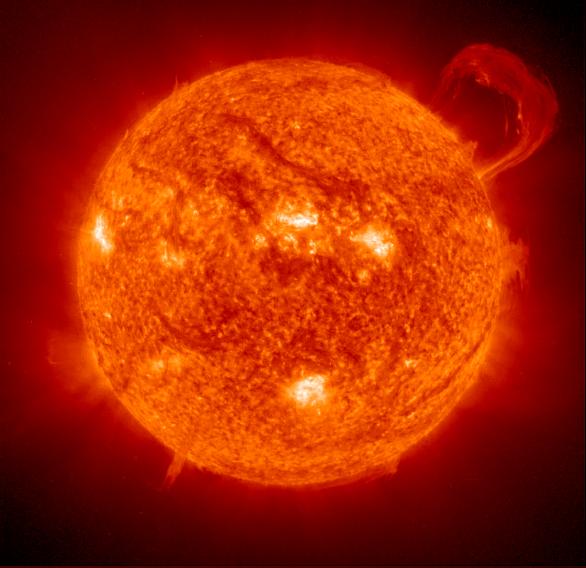
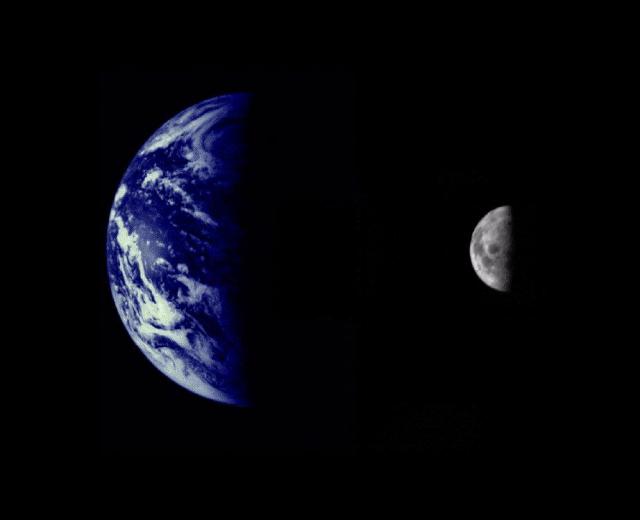
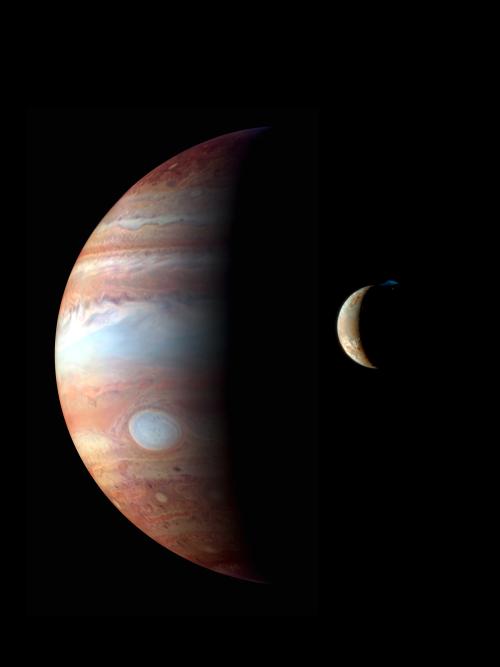
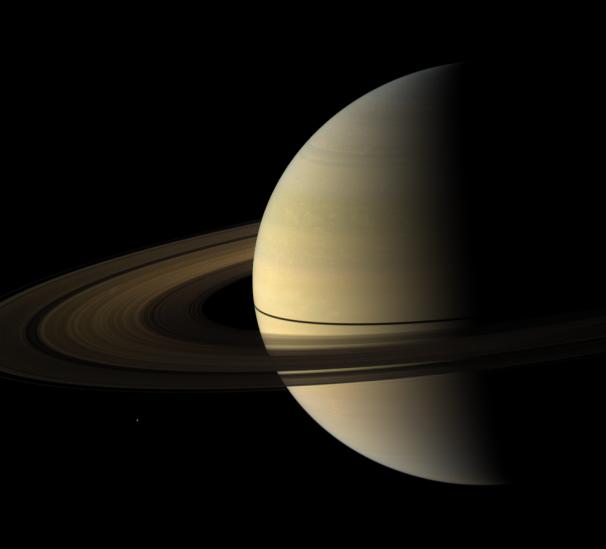
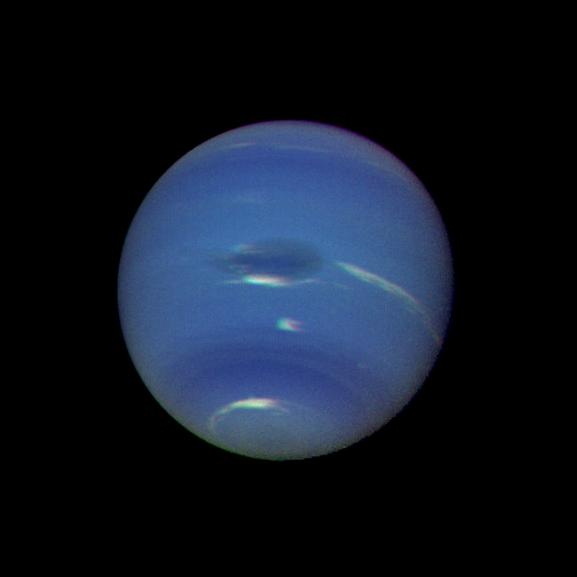

What a great illustration of our Solar System on the beach!
ReplyDeleteWhat a good job you guys did. I learned several new facts about the planets. Your model was interesting and gave me more sense of scale that a drawing or diagram could. Be honest, it must have been fun to put together! CC
ReplyDelete